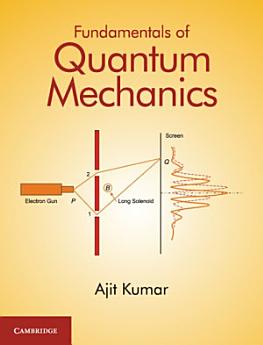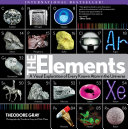Fundamentals of Quantum Mechanics
អំពីសៀវភៅអេឡិចត្រូនិកនេះ
អំពីអ្នកនិពន្ធ
Ajit Kumar is Professor, Department of Physics, Indian Institute of Technology, New Delhi. He did his integrated M.Sc. (5 year) in theoretical and mathematical physics and Ph.D. in field theory from Moscow in 1977 and 1980, respectively. He was then a post doctoral Fellow at the Joint Institute for Nuclear Research, Dubna, Moscow. His current research is related to the problems of nonlinear optics, solution of non-linear Schrodinger equation in nonlinear optical media, fiber-optic solitons and their switching dynamics and electromagnetic wave propagation in metamaterials. He has been teaching the basic subjects of theoretical physics including classical mechanics, quantum mechanics, electrodynamics, quantum field theory, group theory and applications, and general theory of relativity for the last 28 years. He has carried out collaborative research work at various universities and research institutes in Europe such as Heinrich Heine University (Institute of Theoretical Physics 1), Dusseldorf, Germany, British Telecom Research Laboratories, Ipswich; Technical University of Darmstadt, Germany; Georg-August University (3rd Physical Institute), Gottingen, Germany, Bourgogne University, Dijon, France, Max Planck Institute for Quantum Optics, Garching, Munich, Germany and Max Planck Institute for the Science of Light, Erlangen, Germany.








